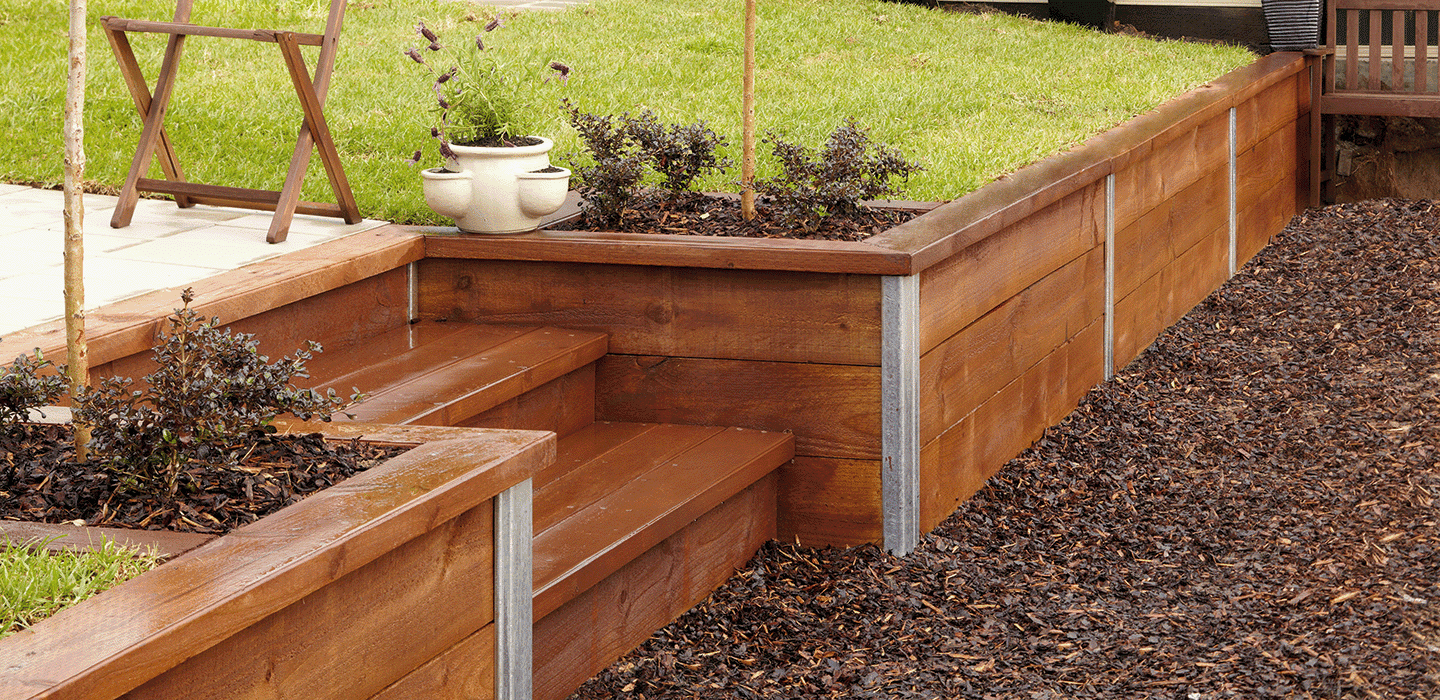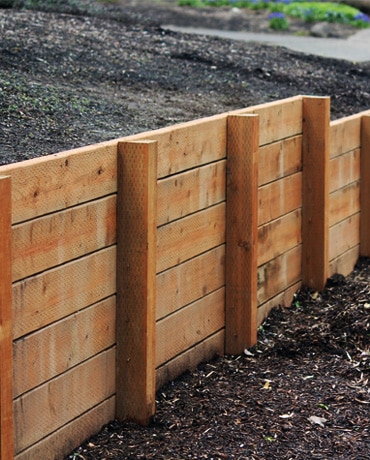Keeping Wall Surfaces Sunshine Coast: Innovative Solutions for Disintegration Control
Keeping Wall Surfaces Sunshine Coast: Innovative Solutions for Disintegration Control
Blog Article
Making Sure Structural Stability: The Value of Effectively Constructed Retaining Walls in Avoiding Incline Failing
In the world of civil design and building and construction, the importance of correctly constructed maintaining wall surfaces in avoiding incline failing can not be underrated. These structures work as vital safeguards versus the all-natural forces that can destabilize slopes and cause possibly disastrous consequences. Recognizing the careful design factors to consider, building and construction techniques, and upkeep techniques related to keeping wall surfaces is essential in ensuring their efficiency and durability. By checking out the detailed interaction in between these aspects, a much deeper comprehension of the pivotal duty that keeping walls play in protecting architectural honesty and stopping slope failure arises. Retaining Walls Sunshine Coast.
Role of Retaining Walls in Security
The necessity of keeping walls in making certain incline security is critical in civil engineering techniques. Retaining wall surfaces offer an important duty in preventing dirt disintegration, handling water drainage, and maintaining the structural honesty of slopes. By sustaining near-vertical or upright grade adjustments, keeping walls help to redistribute side stress applied by the soil, consequently decreasing the danger of slope failing.
One key function of keeping wall surfaces is to counteract the force of gravity acting on the dirt mass behind them. This is achieved through correct style and construction, which considers elements such as dirt kind, wall surface elevation, water drainage provisions, and prospective surcharge tons. By effectively keeping dirt within specified borders, these structures help to support inclines and protect against landslides.
Additionally, keeping walls add to the aesthetic appeals of landscapes while giving useful benefits. They can produce terraced degrees for landscape design, support roads or frameworks on hills, and enhance the total use of sloped surface. Basically, retaining walls play a vital role in preserving incline stability and ensuring the safety and security and long life of civil design tasks.
Elements Affecting Wall Surface Efficiency
Aspects that affect the effectiveness of retaining wall surfaces consist of dirt buildings, wall surface layout, and external tons. Proper wall layout considers factors like wall height, wall surface kind (e.g., gravity walls, cantilever wall surfaces), support products, water drainage systems, and building and construction methods to ensure the wall surface can stand up to the lateral pressure applied by the retained soil. By thinking about these aspects adequately, designers can create preserving wall surfaces that efficiently stop incline failing and make certain long-lasting architectural honesty.
Design Considerations for Retaining Wall Surfaces
Integrating the crucial facets of dirt buildings and external lots into the architectural style process is necessary for developing effective retaining wall surfaces that make sure slope security. When making maintaining walls, engineers have to meticulously evaluate the qualities of the surrounding soil, including its compaction, kind, and drain properties. Comprehending these dirt homes is essential for identifying the appropriate wall surface density, support, and height needed to withstand the side pressure exerted by the dirt mass.
Additionally, exterior lots such as surcharge tons from neighboring frameworks or traffic, along with seismic pressures, should be taken into account throughout the style phase. These lots can significantly impact the security and performance of a preserving wall, necessitating using appropriate design techniques and products to minimize potential failure risks.
Additionally, the option of ideal materials, such as concrete, rock, or hardwood, must straighten with the site-specific conditions and aesthetic needs. Variable of safety factors to consider, drain provisions, and building methods are also crucial elements that influence the overall layout and capability of preserving wall surfaces in stopping slope failure. By meticulously taking into consideration these design factors to consider, engineers can make certain the architectural honesty and long-lasting stability of maintaining wall surfaces.

Building And Construction Best Practices for Resilience
When building maintaining walls for ideal longevity and durability, adherence to industry-standard methods and careful interest to detail are critical. To guarantee the toughness of a maintaining wall, proper site preparation is crucial. This consists of adequate compaction of the dirt, appropriate drain systems, and ensuring the wall surface's structure is audio. Using high-grade products, such as cinder blocks or all-natural rock, is crucial for the long life of the structure. In addition, using skilled specialists with experience in creating maintaining wall surfaces can considerably influence the resilience of the last product.
Incorporating support techniques, such as geogrids or steel bars, can boost the architectural stability of the maintaining wall surface and protect against potential failures. Appropriate backfilling treatments, consisting of compaction and water drainage considerations, are also crucial for the wall surface's resilience. Regular maintenance and evaluations are recommended to deal with any kind of indications of wear, erosion, or architectural issues promptly. By adhering to these building finest practices, retaining walls can withstand the examination of time and efficiently avoid slope failure.
Importance of Proper Upkeep
Regular maintenance is important for protecting the architectural stability and functionality of preserving walls with time. Overlooking maintenance can result in concerns such as disintegration, cracks, or also full failing of the wall surface, threatening the security of the slope it supports. To make certain that retaining walls proceed to execute their desired function successfully, routine assessments must be performed to recognize any indicators of deterioration. These inspections can aid navigate to this website in finding early indication of prospective problems, enabling prompt repair services to be performed before the problems escalate (Retaining Walls Sunshine Coast).

Final Thought
In final thought, maintaining wall surfaces play a vital function in making certain architectural honesty and stopping incline failure. By thinking about elements affecting wall effectiveness, sticking to create factors to consider, adhering to building and construction best techniques, and carrying out proper maintenance, the longevity of retaining wall surfaces can be optimized. Retaining Walls Sunshine Coast. It is important to recognize the significance of effectively constructed retaining wall surfaces in maintaining stability and preventing prospective dangers connected with slope failing
Aspects that affect the performance of preserving walls include dirt buildings, wall surface style, and exterior tons. Proper wall surface design considers aspects like wall height, wall type (e.g., gravity wall basics surfaces, cantilever walls), reinforcement products, drain systems, and construction methods to ensure the wall surface can withstand the lateral stress exerted by the kept soil. By considering these aspects thoroughly, engineers can build keeping walls that effectively stop incline failure and guarantee long-term architectural stability.
Maintenance jobs may consist of clearing drainage systems to avoid water buildup behind the wall, fixing any kind of noticeable fractures or damage, and ensuring that the wall surface is cost-free from plant life that can apply stress on the structure. By taking into consideration factors affecting wall surface performance, adhering to make factors to consider, following building and construction finest techniques, and carrying out correct upkeep, the toughness of retaining wall surfaces can be made the most of.
Report this page